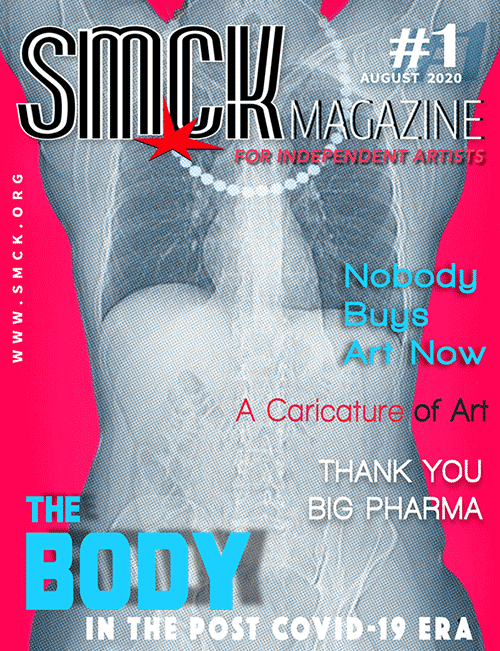A MENTAL SHIFT HAS TO TAKE PLACE
INTERVIEW WITH RUDOLF MAXIMILIAN BECKER, OWNER AND CURATOR OF WELTRAUM GALLERY
ON THE CORONAVIRUS' BRIGHT SIDE, INDIE TOUGHNESS, AND MUNICH'S POTENTIAL TO ACCOMMODATE MORE JEWELLERY ART
Interview by Christoph Ziegler
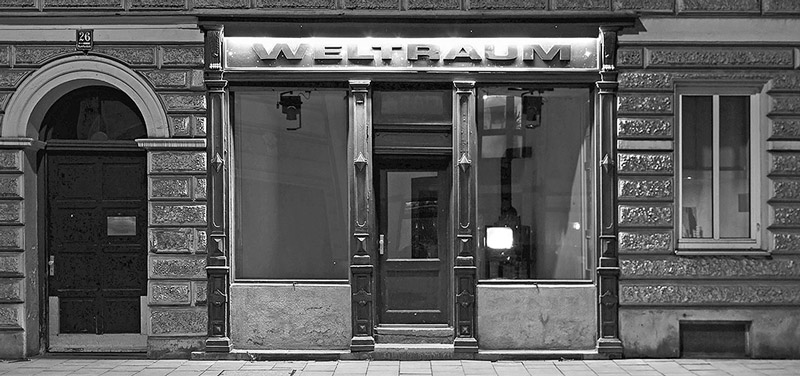 Photo: Frank von Schoenfels
Photo: Frank von Schoenfels
CZ: What has motivated you to run a non-commercial gallery for more than 20 years?
RMB: I grew up with art, I have been surrounded with art since childhood. Permanent contact with art and artists is my life purpose. Dealing with art is like reading a newspaper, it's food for thought. I cannot imagine life without my constant involvement with art.
CZ: How did you decide to open a gallery?
RMB: When I was looking for a flat, I came across the shop on Rumfordstrasse. The house has original turn-of-the-century front windows, which you rarely see in Munich nowadays. The renovation took me two years to complete and I invested a lot of money, time, and energy to make the rooms look like they do today.
It was only when I was finished with the renovation that I had the idea of having shows in the space. This is how WELTRAUM was born, in 1997. Thus, the gallery is also my living room, my life focus, and my flat.
CZ: How many artists have exhibited in WELTRAUM so far?
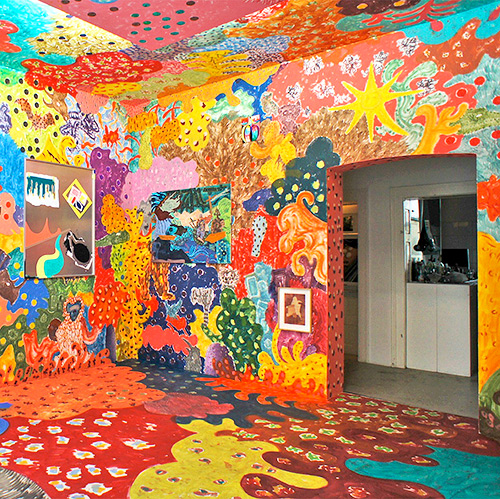
Photo: Frank von Schoenfels
RMB: I've curated the exhibitions of approximately 1,500 artists in WELTRAUM. Apart from the solo shows, which for me are always an intensive exchange with the artist's work, I've curated and presented many group exhibitions featuring two to 20 artists each. My record is a group show with 107 participants—in approximately 60 square meters!
I had show openings almost every weekend for about a year and a half. In the long term, this brought me a lot of publicity, which also benefited the artists. Nevertheless, nobody can manage to have an exhibition opening every week. Our visitors also thought it was too much.
CZ: What's the ratio between your commitment and your profit?
RMB: For years, earning money from the gallery wasn't my aim, because this work gave me so much. I never had a master plan like "I want to earn this specific amount of money from my gallery." There was also no fixed concept on what WELTRAUM should show. The projects and exhibitions I presented made subsequently clear what the gallery's concept was.
I'm friends with 99 percent of all the artists who have exhibited at WELTRAUM. For me, a friendly atmosphere is very important for my commitment and the fascination I experience in this dialogue.
CZ: Is WELTRAUM funded by the city of Munich?
RMB: Last autumn the city of Munich gave me an award for my extensive commitment regarding the independent art scene. In 2015, for WELTRAUM's 20th anniversary, I was invited to install a real-life WELTRAUM replica in the Rathausgalerie (Munich Town Hall Gallery). I curated an intensive exhibition program that took place inside this replica and lasted six weeks. The feedback was amazing.
A show I presented at the prestigious municipal art gallery, Lothringer 13, featuring 160 artists, hit a record number of visitors.
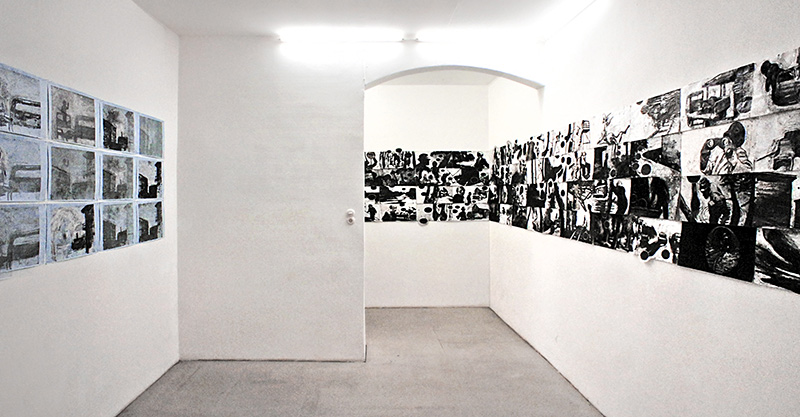
Photo: Frank von Schoenfels
I've realized all WELTRAUM projects through my own efforts and means of support, without any funding. I apply the DIY principle in my work, as most artists do. I had never applied for public funding before the exhibitions The Sacred & The Profane (2019) and WAR_Polemos (2020) that you curated, which were indeed sponsored by the city of Munich! [laughs.]
CZ: What is the situation for Munich artists?
RMB: The problem you face as an artist in Munich is that after graduation, even before you start making art, you must deal with the promotion of your work and securing funding. Even big art institutions and museums in Munich struggle to survive; this is why nobody can predict how independent artists will fare in the future. It's definitely not an easy situation.
CZ: There is a strong division in Germany between art, handicraft, and design. How do you feel about this way of perceiving creative work?
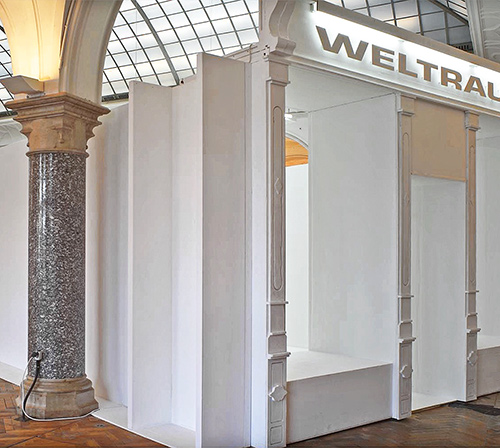
Photo: Frank von Schoenfels
RMB: Munich is a city that favors design sales, though I think design sells better everywhere. Tradition and handicraft are very important in Munich and this also affects design. Twenty or 30 years ago, Bavarian handicraft followed incredibly strict rules.
There was a big change, 10 to 15 years ago, resulting in the production of rather insignificant work that all looks almost the same, as if it were made on an assembly line. Most people in Munich prefer visually pleasing glossy art to hang nicely above their couches.
There is definitely a jewellery audience in Munich. But there's no broad awareness of how to appreciate this highly interesting art medium. Art lovers know almost nothing about jewellery. There's still a lot to be done to strengthen the dialogue between fine art and jewellery.
CZ: How do you think coronavirus will affect art?
RMB: For me personally, time has stopped, my vision is frozen. And of course, as far as artists and art projects are concerned, city funding is also frozen. The corona crisis has an extreme impact on our social structures. What's special about it is that it affects all levels, politics, social life, market, finance, and, of course, culture. I am very excited to see how artists react. The economy will have a big influence on how things develop. Nobody is thinking of buying art now.
Even if exhibitions open, they won't attract a large number of visitors, and I don't think the crisis will be over by 2021. This means that a decisive mental shift has to take place.
I'm a positive person by nature and convinced that the crisis also has great potential: for example, to develop a more profound awareness. People are finally starting to reflect upon their situations. The fundaments of our social structures are being questioned.
LINKS: www.weltraum26.de/
facebook: WELTRAUM







